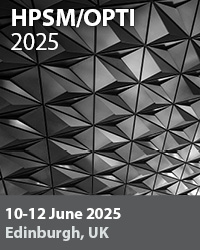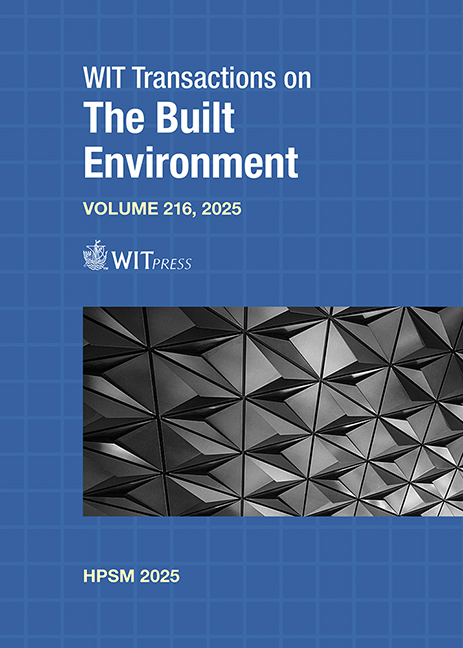MULTI-ATTRIBUTE DECISION-MAKING IN PRESTRESSED CONCRETE ROAD FLYOVER DESIGN
Price
Free (open access)
Transaction
Volume
216
Pages
12
Page Range
161 - 172
Published
2025
Paper DOI
10.2495/HPSM250141
Copyright
Author(s)
LORENA YEPES-BELLVER, JULIÁN ALCALÁ, VÍCTOR YEPES
Abstract
Economic and environmental factors are essential considerations in bridge design. This study aims to evaluate the design criteria for a prestressed concrete road overpass, seeking an optimal balance among cost, carbon emissions and embedded energy. A Kriging surrogate model generates a response surface, extracting a Pareto front to identify optimal solutions for each objective function. Multi-criteria decision-making methods, including the weighting-sum and multi-attribute approaches, are applied across multiple scenarios to determine the most effective compromise solutions. Based on these results, preliminary design guidelines are proposed for this type of structure. The findings reveal that compromise decks exhibit a depth-to-main span ratio close to 1/30. Designs that balance cost, emissions, and energy consumption or prioritize environmental factors tend to produce slender decks. In contrast, cost-driven optimization results in greater deck depths. This research systematically integrates economic and environmental criteria in bridge design, offering practical insights for achieving sustainable and efficient structural solutions.
Keywords
multi-criteria decision-making, prestressed concrete, sustainability, Kriging model, slab bridges, optimization





